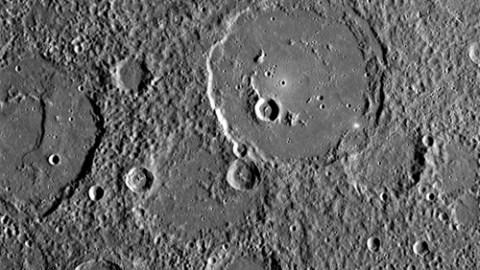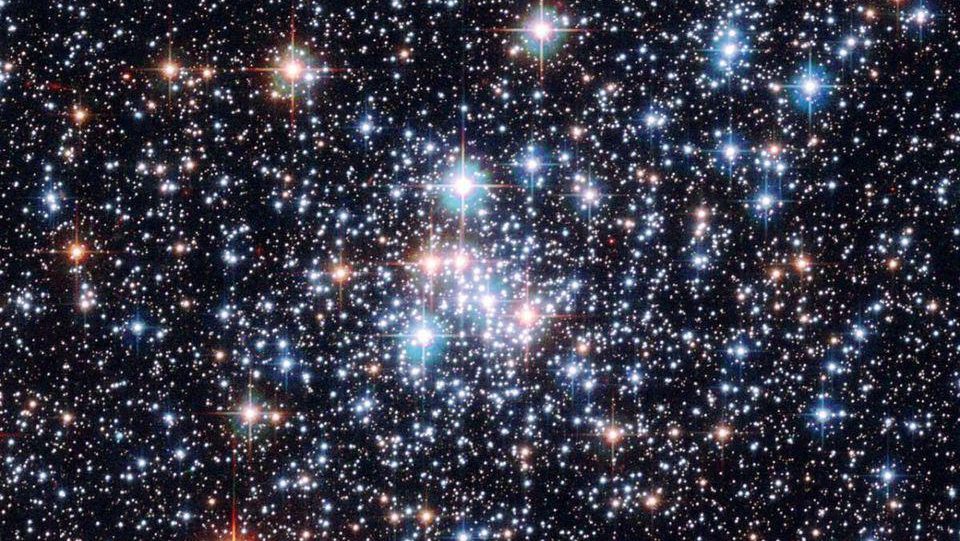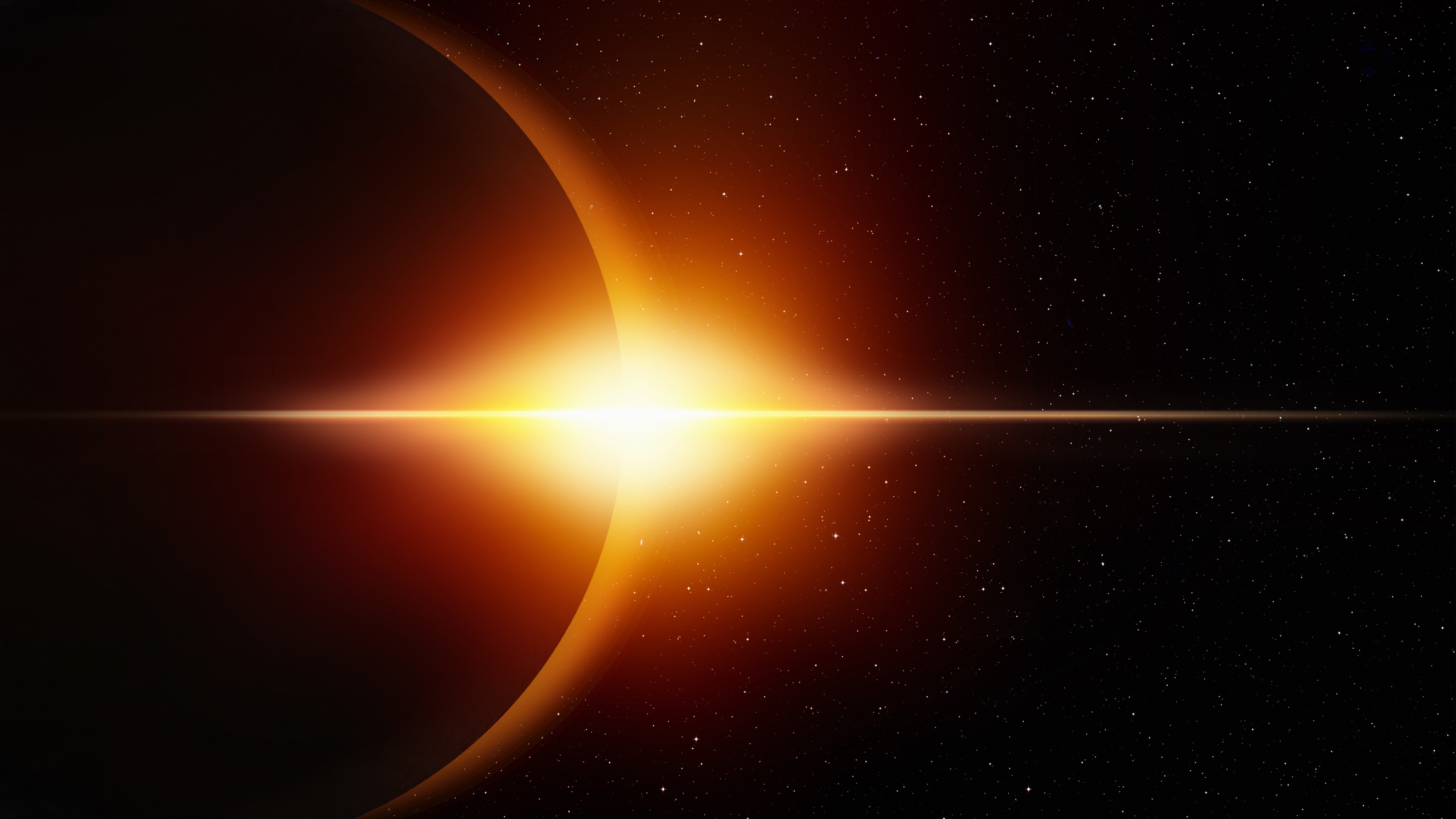Why You Should Care About Volcanoes on Mercury

Sign up for the Smarter Faster newsletter
A weekly newsletter featuring the biggest ideas from the smartest people
Scientists’ understanding of Mercury, the planet closest to the Sun, changed dramatically this past week, thanks to images and data from the satellite Messenger. In September of last year, the satellite flew by Mercury three times, but the data was not released until last week—in three studies published in the journal “Science.” “I think the biggest surprise for the community is that the planet is turning out to be much more dynamic than people appreciated,” Sean C. Solomon, the principle investigator for the Messenger mission, told The New York Times.
But why should anyone care about the makeup of a planet 36 million miles from Earth? Big Think spoke today with Dr. Louise Prockter, co-author of one of the studies, who explained exactly what these findings mean and why we should be excited about them.
One of the main findings was that volcanoes were active on Mercury’s surface much more recently than previously thought. Based on results from the Mariner 10 spacecraft in the 1970’s, scientists weren’t even sure that there was any volcanic activity on Mercury, said Prockter. “It was ambiguous whether smooth plains on the surface were volcanic or were the result of high velocity impacts. From Messenger flyby data over the last couple of years, we were able to tell that volcanism had been widespread across the planet, but we didn’t know how long it had persisted. Most people thought it ended about 3.8 billion years ago.”
The most recent Messenger data suggests that volcanism lasted almost 2 billion years longer than previously thought, lasting well into the planet’s middle age, says Prockter. “This means that it wasn’t as efficient at getting rid of heat from its rocky mantle as we had previous thought, so the mantle probably wasn’t vigorously convecting. This is surprising for such a small planet – the surface to volume ratio for Mercury is much smaller than for a larger planet, and we would expect it to kick out its excess heat very efficiently. Mercury has an anomalously large core compared to its mantle, and there is a hypothesis that it used to be larger, but the mantle was largely stripped off by a huge impact, leaving a much thinner mantle behind. This mantle may not have been thick enough to undergo rigorous convection, and so Mercury may have trapped enough heat to enable volcanism to continue for millenia (or billenia!).”
Ultimately what’s exciting about this data is that it sheds new light on the search for life outside our solar system. By broadening scientists’ understanding about planets in our solar system, they help explain why planets do or do not develop conditions suitable for life, and that information helps them to understand planets around other stars:
“The solar system is like a huge laboratory, where each planet is similar, but different enough that we can learn more about the whole system. For example, Venus shows us how a terrestrial planet develops when it is large, but has a dense atmosphere; Mars shows us how a planet can have conditions for life, but then not have it develop as it has on Earth (or at all), and Mercury shows us what happens when we have a terrestrial planet that forms very close to the Sun, and which has an anomalously large core. So what we learn about Mercury helps us understand how the Earth was able to become habitable, and will help put constraints on habitable zones around other planets.”
Sign up for the Smarter Faster newsletter
A weekly newsletter featuring the biggest ideas from the smartest people





